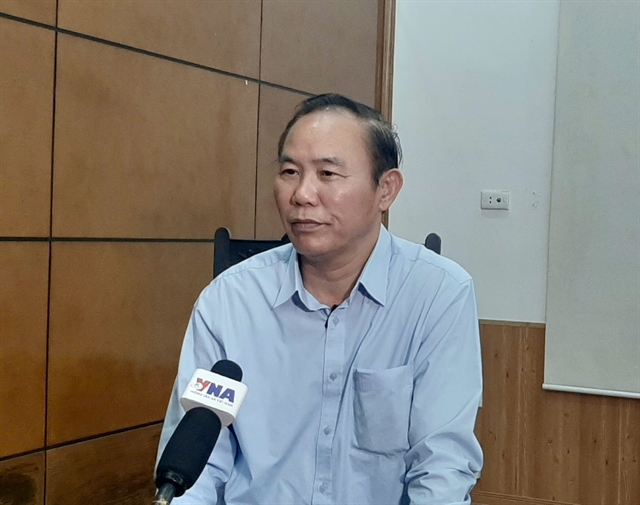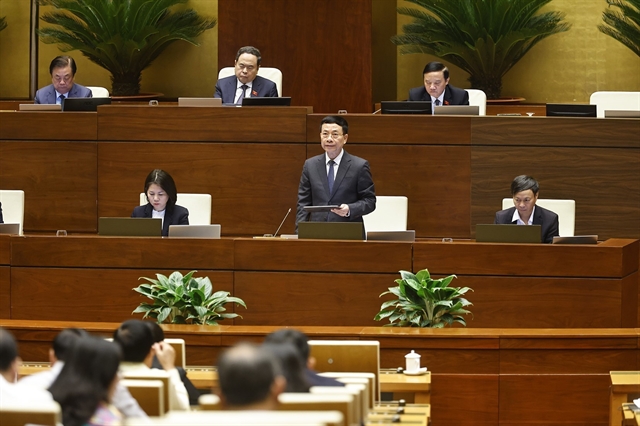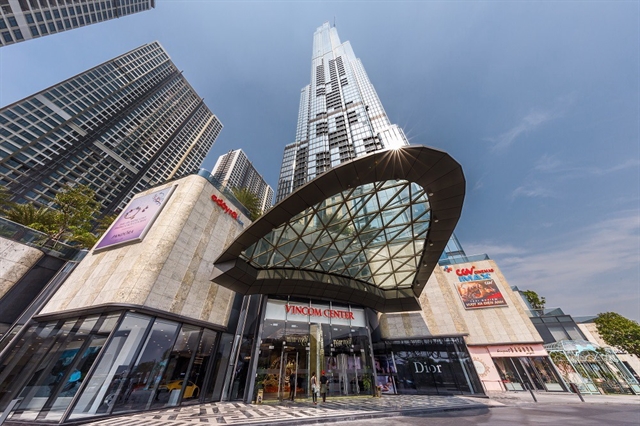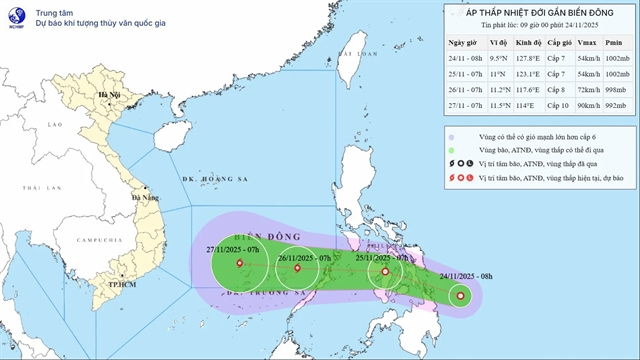 Opinion
Opinion

 |
| Ramla Khalidi – UNDP Resident Representative in Việt Nam. Photo courtesy of UNDP Việt Nam |
Ramla Khalidi*
When storms sweep across Việt Nam, they not only destroy houses and infrastructure – they disrupt lives and livelihoods. Yet each time, communities rise with their own solutions.
In Bản Liên Commune, Lào Cai Province, families are planting 10 hectares of seedlings to replace old-growth trees lost to recent storms. Backed by nationwide contributions, their effort is more than reforestation. It is protection: the trees, stronger than concrete, will shield land, homes and lives from the next storm.
This resilience reflects a national truth: Việt Nam is deeply vulnerable to climate change yet determined to innovate and adapt. As leaders gather in New York for Climate Week (NYCW) 2025, ahead of the United Nations Framework Convention on Climate Change (UNFCCC) thirtieth annual Conference of the Parties (COP30) this November, Việt Nam has an opportunity to show how inclusive leadership, rooted in local solutions and nature protection, can drive progress for all.
Supporting inclusive, ambitious climate commitments
The last time Việt Nam updated its international climate commitments, known as 'Nationally Determined Contributions' (NDCs), was in 2022. At that time, the Government announced its landmark 2050 net-zero target, which has been advanced in loss and damage assessments and adaptation strategies across sectors. Progress since has been impressive. But climate risks are intensifying and communities need stronger protection from extreme weather and the impact of rising emissions.
At COP30, Việt Nam will present its updated NDC 3.0, a critical opportunity to align ambitious development aspirations with urgent climate imperatives. Leveraging the Global Climate Promise, UNDP in Việt Nam is supporting the Government in three key areas:
People: Empowering those most affected
Those most affected by climate change often hold the keys to resilience, providing unique perspectives on localised climate solutions. In Bình Thuận Province, for example, cooperatives led by women in the dragon fruit sector have successfully reduced energy use by around 50 per cent by shifting to LED lighting and improving off-season production. These changes had the dual benefit of cutting costs for farmers and lowering greenhouse gas emissions.
In the Central Highlands and South-Central Coast, smallholder farmers – particularly women and ethnic minorities – are adopting efficient irrigation, resilient cropping systems, water-conservation strategies and climate-informed practices. Since 2020, projects supported by the Green Climate Fund and other partners have reached more than 200,000 direct beneficiaries.
Health is also central. Rising temperatures and more frequent climate shocks heighten risks of heat stress, air pollution-related illness and vector-borne disease. Integrating climate and health planning can protect the most vulnerable – women, children and the elderly – from worsening outcomes.
Youth, the ultimate inheritors of climate decisions, are stepping forward. Youth4Climate, a youth-led advocacy group, is drafting a Youth Roadmap on youth inclusion in Việt Nam’s NDC 3.0 so that youth are not just consulted but structurally embedded in national climate action.
By amplifying these voices, Việt Nam can ground climate strategies in lived experiences and local creativity.
Nature: Protecting ecosystems, strengthening resilience
Việt Nam’s geography makes exposure unavoidable. With over 3,200km of coastline, large delta areas and many river systems, nearly 71 per cent of the population and 59 per cent of the land area are vulnerable to natural hazards, with floods and storms causing the highest number of fatalities and economic damage. Without stronger adaptation measures, communities face increasing storms, floods, saltwater intrusion and other disasters.
Ecosystems offer proven protection. Mangroves and coral reefs act as natural shock absorbers – reducing wave energy, buffering storm surges and stabilising coastlines. In provinces like Cà Mau, mangrove restoration has reduced flood damage for thousands of households, while also supporting livelihoods in fisheries and aquaculture. Similarly, the early-stage Việt Nam Climate-Smart Coastal Communities project is revealing the untapped mitigation and adaptation benefits of 'blue carbon' ecosystems.
Nature-based farming practices such as recycling agricultural residues, applying organic fertilisers, using biochar and improving soil cover are also cutting emissions and improving yields – particularly for coffee, rice and other key crops. Placing nature at the centre of climate solutions is essential to meet both resilience and mitigation goals under NDC 3.0, positioning Việt Nam to drive holistic, long-lasting climate action.
Finance: Powering a just green transition
Ambitious climate commitments require equally ambitious financing. Without it, climate change threatens to erode development gains.
Climate-related disasters already cost Việt Nam, on average, 1-1.5 per cent of GDP annually, and adaptation costs, excluding the impacts of long-term loss and damage, will reach 3-5 per cent of GDP by 2030. Further, recent estimates show that to protect agriculture, infrastructure and human capital between 2025 and 2050, Việt Nam will need approximately US$233 billion (about 0.75 per cent of GDP annually) in adaptation investments. These investments could halve projected economic losses by mid-century.
To meet these financing needs, Việt Nam is pursuing a suite of measures: strengthening climate finance modelling to identify high-impact investments; tapping into international loss and damage funds; and mobilising public-private partnerships, including through mechanisms like the Just Energy Transition Partnership (JET-P). These measures aim to ensure that a green transition also protects families, workers and communities.
By mainstreaming loss and damage and prioritising a robust, data-driven financing strategy in NDC 3.0, Việt Nam can show leadership in climate resilience, supporting both nature-based and inclusive initiatives.
Việt Nam’s opportunity on the global stage
2025 is a milestone year. The United Nations marks its 80th anniversary and Việt Nam celebrates 80 years of independence. It is a moment to share Việt Nam’s transformative story: from peacebuilding and poverty reduction to resilience, green development and long-term prosperity.
Việt Nam has already shown that resilience and innovation run deep. NDC 3.0 is an opportunity to bring that same spirit to the global stage: turning climate vulnerability into climate leadership rooted in inclusion and nature, strengthening resilience at home and inspiring action abroad.
The task is clear: place people and nature at the heart of every decision, mobilise financing to match and act now – before the next storm arrives.
*Ramla Khalidi – UNDP Resident Representative in Việt Nam




